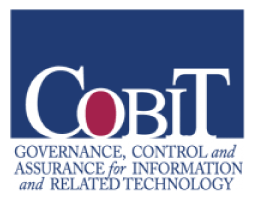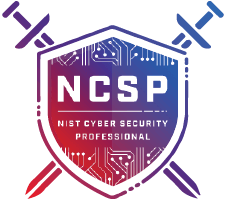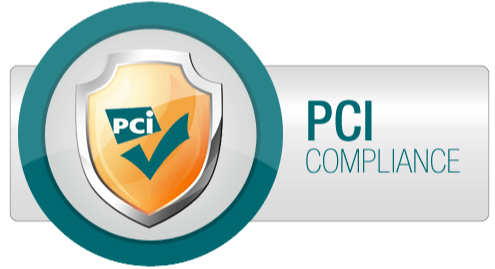There are many interventions available for educators who work with students with autism spectrum disorders (ASD). But not all interventions are created equally. Educators need to be good consumers in evaluating interventions and applying those that have been determined effective and ergo have the best chance of promoting positive outcomes for students. Only some of the touted interventions are based on rigorous scientific research and have the capacity to improve a student’s development, these are called evidence-based practices (EBP).
Interventions established as evidence-based should be the go-to interventions for educators. Because of this, the law now requires that teaching practices be based on evidence of effectiveness to further the development of students.
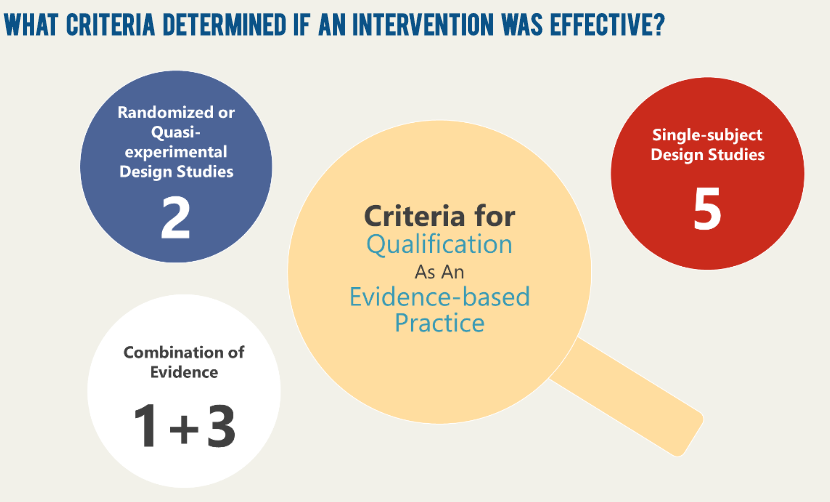
To assess whether an intervention qualifies as an EBP, the National Professional Development Center on ASD looks at peer-reviewed research on the intervention. An intervention is also considered to be an evidence-based practice if it meets one of the following criteria:
- Randomized or quasi-experimental design studies: Two high-quality experimental or quasi-experimental group design studies by two different research groups.
- Single-subject design studies: Five high-quality, single-subject studies by three different research groups with at least 20 participants.
- Combination of evidence: One high-quality, randomized or quasi-experimental group design study conducted by at least three different investigators or research groups.
While the criteria is not easy to fulfill, in this way educators and interveners are able to gain confirmation of effectiveness of a particular intervention that enhances a child’s development and supports them in a vital way. A sample of ASD interventions that are considered effective include:
- Antecedent-based intervention: Arranging events or circumstances that precede an interfering, or problematic, behavior in order to reduce that behavior. For example, say a student repeatedly struggles to focus on her workbook exercises during class time. An instructor using antecedent-based intervention might realize that the issue is related to the student’s schedule, and offer a break before workbook time.
- Functional behavior assessment: Systematic collection of information about an interfering behavior designed to identify circumstances that support the behavior. When an instructor uses FBA, he describes the problem behavior, identifies events before or after that control the behavior, and develops a hypothesis about the behavior. Then, he tests the hypothesis.
- Modeling: Demonstration of a desired behavior that encourages the student to imitate the behavior. This EBP is often combined with other strategies such as prompting and reinforcement.
- Peer-mediated instruction and intervention: Typically developing peers or help children with ASD to acquire new behavior, communication, and social skills by interacting in natural environments. Teachers or service providers teach peers strategies for engaging children and youth with ASD in positive and extended social interactions in both teacher-directed and learner-initiated activities.
- Social skills training: Group or individual instruction designed to teach learners with autism spectrum disorders (ASD) ways to appropriately interact with peers and adults. Most social skill meetings include instruction, role-playing or practice, and feedback to help learners with ASD acquire and practice communication, play, or social skills.
Keeping up with evidence-based practices takes some extra effort, but being knowledgeable about the options available and how to implement them properly makes a significant impact. Students deserve the best education possible..
To learn more, view the updated EBP report that supports the identification of 27 ASD evidence-based practices and includes fact sheets for each evidence-based practice.
For more resources, visit The National Professional Development Center online.




